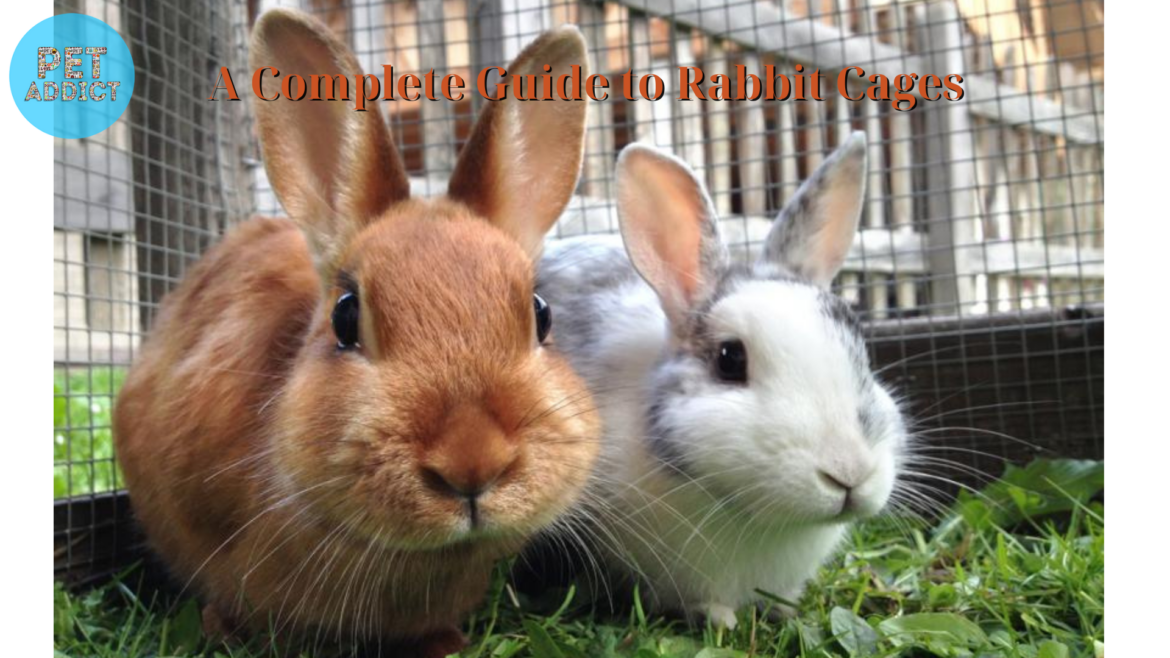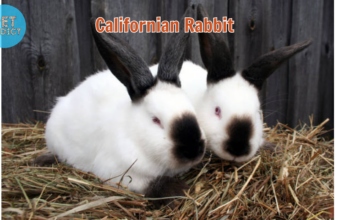Introduction
A rabbit cage plays a crucial role in providing a safe and comfortable living environment for your pet rabbit. As a responsible rabbit owner, it’s essential to choose the right cage and set it up properly to ensure your furry friend’s well-being. In this comprehensive guide, we will explore everything you need to know about rabbit cages, from selecting the right cage to setting it up and maintaining it effectively.
PetAddict.net – The best place where you can find everything about your pet!
Choosing the Right Rabbit Cage
When selecting a rabbit cage, several factors should be considered. The size of the cage is one of the most important considerations. A rabbit should have enough space to move around comfortably and stretch out fully. The cage material, such as wire or plastic, also plays a role in determining the cage’s suitability. Additionally, the design of the cage, including the presence of ramps, platforms, or hiding areas, can contribute to the rabbit’s enrichment and well-being.
Types of Rabbit Cages
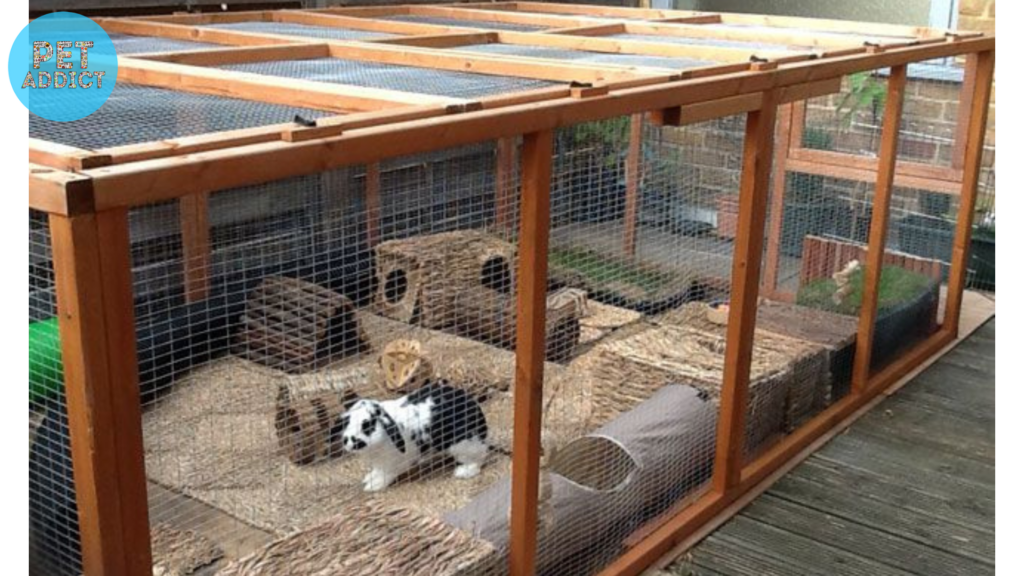
There are various types of rabbit cages available in the market. Wire cages are popular due to their good ventilation and visibility, but proper flooring and accessories are necessary to provide comfort. Plastic cages, on the other hand, offer easy cleaning and a solid base for the rabbit. Modular cages provide flexibility in customizing the living space for multiple rabbits or accommodating specific needs.
Size and Space Requirements
Rabbits need enough space to exercise and exhibit natural behaviors. The appropriate cage size depends on the rabbit’s breed and activity level. A general guideline is to provide a cage that allows the rabbit to hop, stretch, and stand up on its hind legs without any restrictions. Additional space is required for litter boxes, feeding areas, and toys. It’s important to ensure that the cage provides ample space for the rabbit to move comfortably.
Cage Accessories and Enrichment
To create a stimulating environment for your rabbit, it’s essential to include appropriate accessories and enrichment items in the cage. This can include food bowls, water bottles, hay racks, chew toys, tunnels, and hiding spots. These items not only provide mental stimulation but also promote physical activity and prevent boredom.
Proper Cage Setup
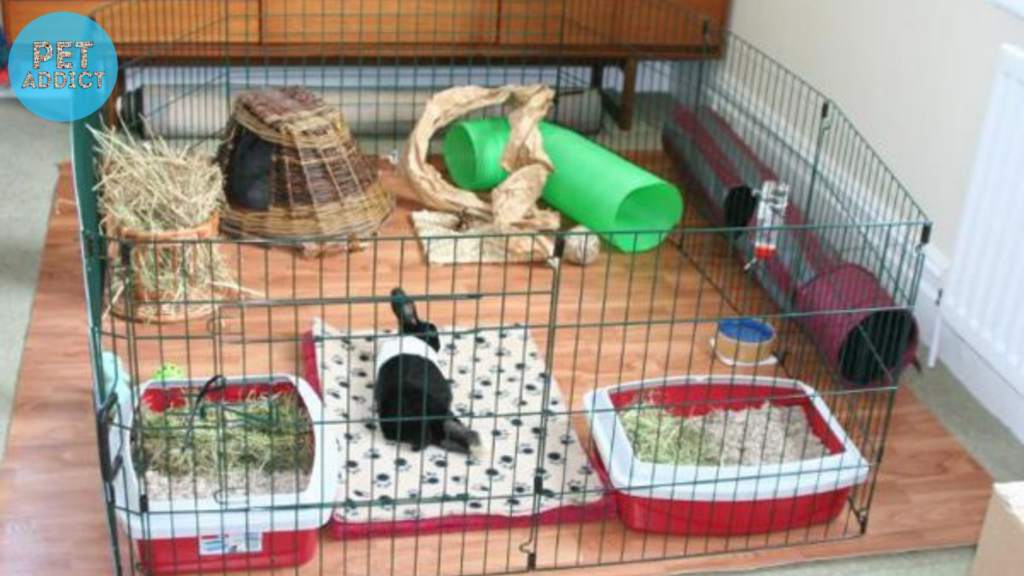
Setting up the rabbit cage correctly is crucial for the rabbit’s comfort and safety. Start by choosing the right bedding material, such as paper-based bedding or straw, which provides comfort and absorbs waste. Place a litter box in a corner of the cage and introduce the rabbit to the litter training process. Provide a comfortable resting area with soft bedding or a cozy hideout. Arrange the accessories in a way that maximizes space and allows easy access for the rabbit.
Indoor vs. Outdoor Rabbit Cages
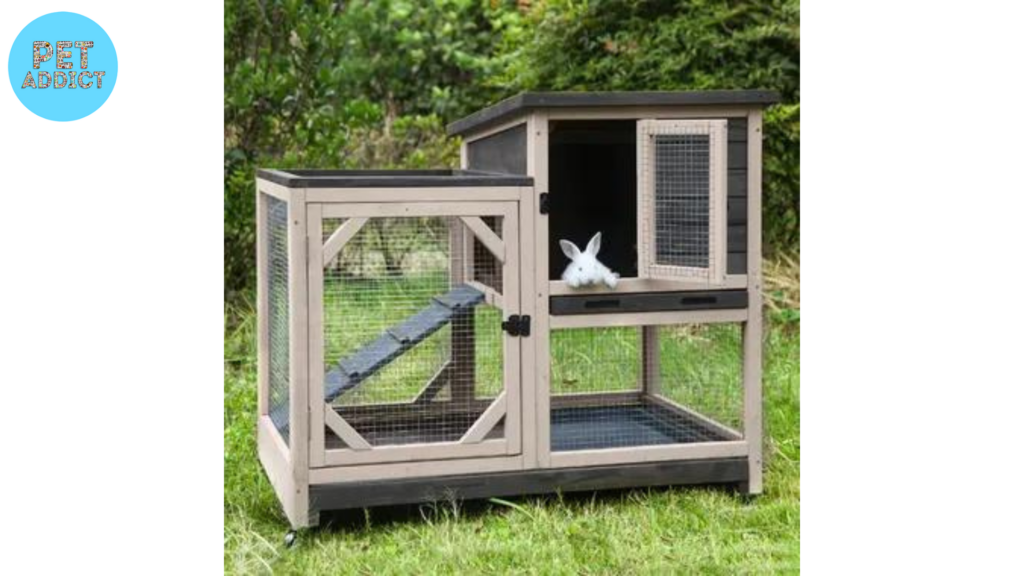
Deciding between an indoor or outdoor rabbit cage depends on various factors, including available space, climate, and predator risk. Indoor cages offer better protection from extreme temperatures and predators but require regular cleaning and may limit the rabbit’s access to fresh air and natural light. Outdoor cages provide more space and natural stimulation but require additional safety measures, such as predator-proofing and weather protection.
Cleaning and Maintenance
Maintaining a clean and hygienic cage is crucial for the rabbit’s health. Regular cleaning of the cage and litter box, as well as removing any soiled bedding or uneaten food, is necessary to prevent odor and the spread of bacteria. Use pet-safe cleaners and disinfectants when cleaning the cage, and ensure proper drying before reintroducing the rabbit.
Cage Safety and Security
Ensuring the safety and security of the rabbit within the cage is paramount. Regularly inspect the cage for any signs of wear or damage, such as loose wires or broken locks. Secure the cage to prevent accidental escapes and protect the rabbit from potential hazards. Place the cage in a quiet and secure location, away from direct sunlight, drafts, or other pets that may cause stress or harm.
DIY Rabbit Cages
For those who enjoy a hands-on approach, building a DIY rabbit cage can be a rewarding project. There are various resources and ideas available for constructing homemade rabbit cages using easily accessible materials, such as wire mesh, wood, or PVC pipes. However, it’s essential to ensure that the DIY cage meets the necessary size requirements and provides a safe and comfortable environment for the rabbit.
Travel and Temporary Housing
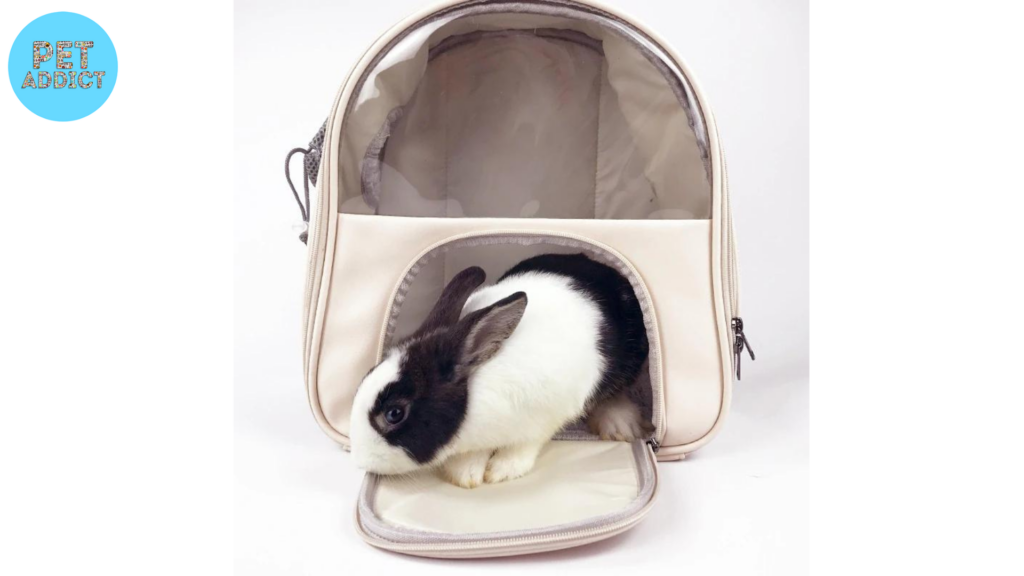
When traveling or temporarily relocating your rabbit, it’s important to have suitable housing options available. Travel cages or carriers should be secure, well-ventilated, and provide enough space for the rabbit to move comfortably. Temporary housing arrangements, such as playpens or collapsible cages, can be used to accommodate the rabbit during vacations or house renovations.
Special Considerations for Specific Breeds
Different rabbit breeds may have specific requirements when it comes to cage size, space, and ventilation. Some breeds, such as larger breeds like Flemish Giants, may require larger cages or more spacious living areas. It’s important to research and understand the specific needs of your rabbit’s breed to ensure you provide an appropriate cage environment.
Common Rabbit Cage Mistakes to Avoid
While setting up a rabbit cage, it’s important to be aware of common mistakes to avoid. Some common pitfalls include choosing a cage that is too small, using unsafe or uncomfortable bedding materials, neglecting regular cleaning and maintenance, and not providing enough enrichment items. By being aware of these mistakes, you can ensure a comfortable and safe living environment for your rabbit.
Conclusion
Providing a suitable and well-designed cage is essential for the overall well-being and happiness of your pet rabbit. By considering factors such as size, materials, accessories, and enrichment, you can create a comfortable and stimulating living space for your furry friend. Regular cleaning, maintenance, and attention to safety measures will ensure a healthy and secure environment. Remember, a well-cared-for rabbit in a properly designed cage is a happy and content companion.
Frequently Asked Questions (FAQs)
- Can I use a dog or cat cage for my rabbit?
- It’s not recommended to use dog or cat cages for rabbits, as they may not provide the appropriate space and features needed for a rabbit’s well-being. It’s best to invest in a cage specifically designed for rabbits.
- How often should I clean the rabbit cage?
- Regular cleaning is important to maintain a clean and hygienic environment for your rabbit. Depending on the size of the cage and the rabbit’s habits, cleaning the cage at least once a week is recommended.
- Can I keep multiple rabbits in one cage?
- Keeping multiple rabbits together is possible, but it’s important to ensure that the cage is large enough to accommodate all the rabbits comfortably. Introducing rabbits slowly and providing separate hiding spots and resources can help prevent aggression.
- What should I do if my rabbit chews on the cage wires?
- Rabbits have a natural instinct to chew, but chewing on cage wires can be dangerous. Providing appropriate chew toys and ensuring the rabbit has plenty of hay and other safe chewing options can help redirect their chewing behavior.
- How can I make my rabbit’s cage more entertaining?
- Adding various enrichment items, such as tunnels, toys, and hiding spots, can make the rabbit’s cage more stimulating. Rotating toys and providing different textures and challenges can keep the rabbit engaged and prevent boredom.

